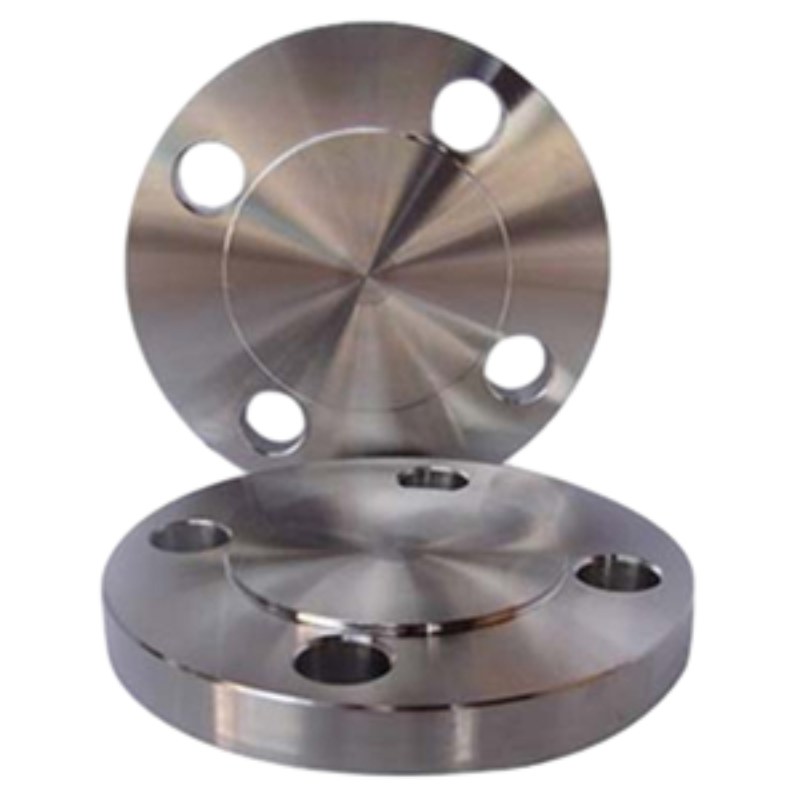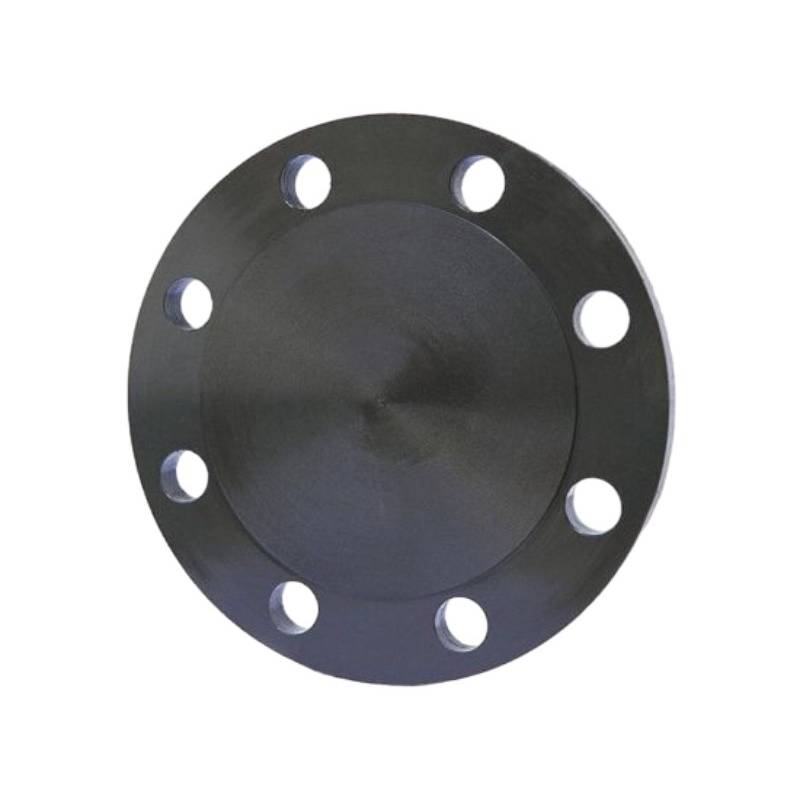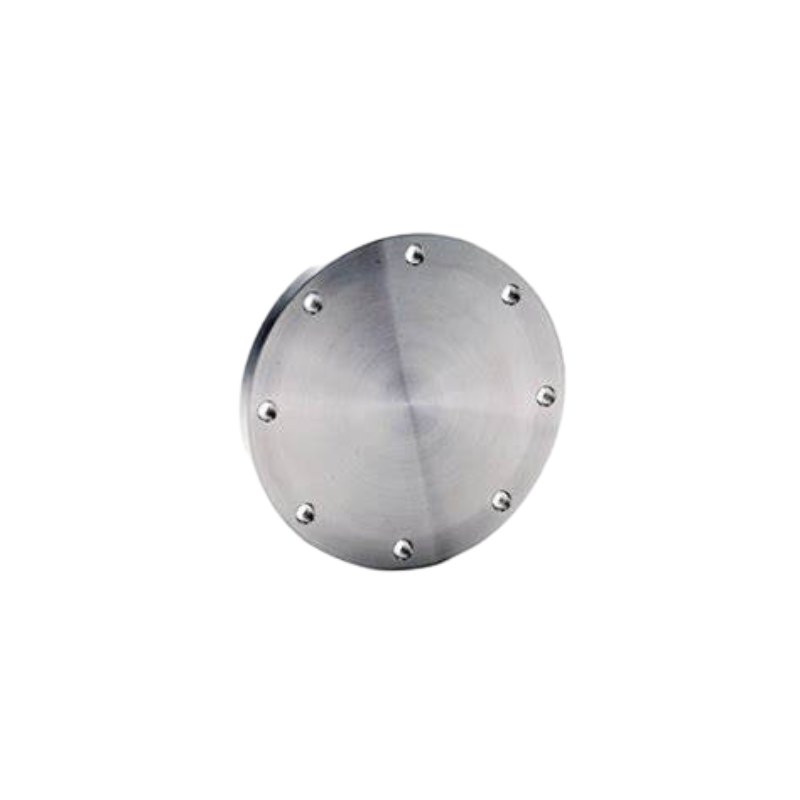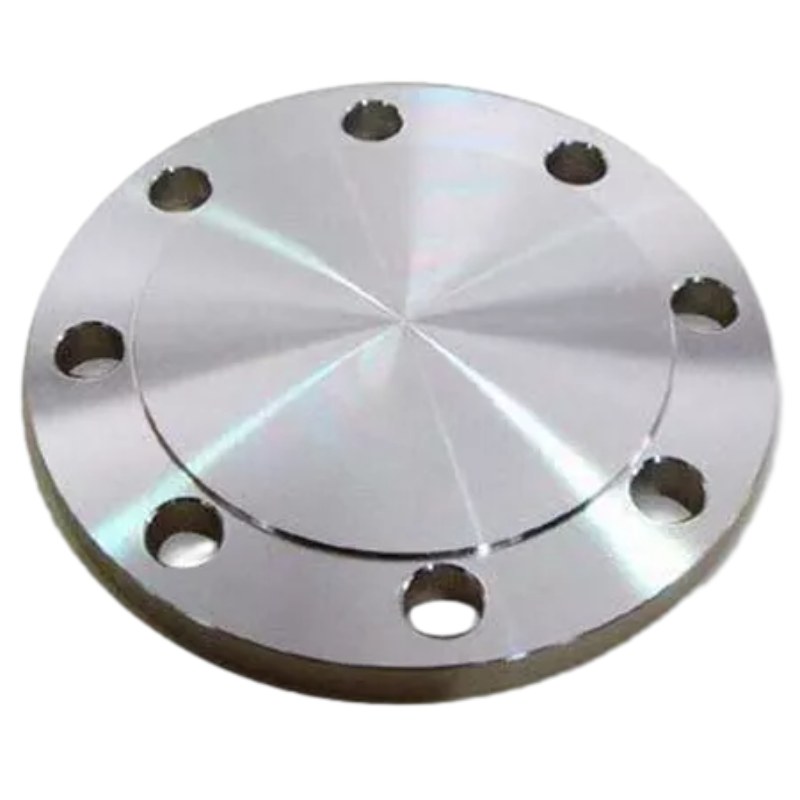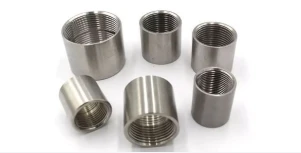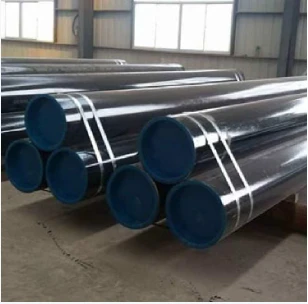-
Dizajn i fortë: Fllanxha e verbër GOST 12836-67 përmban një pllakë të sheshtë rrethore me vrima bulonash të vendosura në mënyrë të barabartë rreth perimetrit. Ky dizajn lejon përafrimin dhe ngjitjen e lehtë me fllanxhën e çiftëzimit, duke siguruar një zgjidhje të qëndrueshme dhe të qëndrueshme mbylljeje për sistemet e tubacioneve.
-
Vulosje e sigurt: Kur instalohet në fund të një tubi, faqja e sheshtë e Fllanxhës së Verbër GOST 12836-67 krijon një vulë të ngushtë, duke parandaluar rrjedhjen e lëngut dhe duke ruajtur integritetin e sistemit të tubacionit. Kjo aftësi e sigurt mbylljeje siguron performancë dhe siguri optimale, edhe në kushte ekstreme funksionimi.
-
Aplikim i gjithanshëm: Nga rafineritë e naftës dhe gazit deri te impiantet e përpunimit kimik dhe rrjetet e shpërndarjes së ujit, Fllanxhat e verbëra GOST 12836-67 gjejnë aplikim të gjithanshëm në industri të ndryshme. Pavarësisht nëse përdoren për qëllime izolimi, testime presioni ose mbyllje të përkohshme, këto fllanxha ofrojnë besueshmëri dhe qëndrueshmëri në sistemet kritike të tubacioneve.
-
Ndërtim i qëndrueshëm: Të ndërtuara nga materiale me cilësi të lartë si çeliku i karbonit, çeliku inox ose çeliku i aliazhuar, Fllanxhat e verbëra GOST 12836-67 shfaqin forcë dhe qëndrueshmëri të jashtëzakonshme. Ato janë krijuar për t'i bërë ballë kushteve të vështira të funksionimit, duke përfshirë mjediset gërryese, temperaturat e larta dhe presionin intensiv, duke siguruar performancë dhe besueshmëri afatgjatë.
-
Inxhinieri precize: Fllanxhat e verbëra GOST 12836-67 i nënshtrohen proceseve të përpunimit të saktë dhe inxhinierisë për të përmbushur tolerancat strikte të dimensioneve dhe kërkesat e përfundimit të sipërfaqes. Ky saktësi siguron përputhshmëri dhe këmbyeshmëri me fllanxha të tjera standarde, duke lehtësuar integrimin e qetë në sistemet e tubacioneve dhe duke minimizuar rrezikun e rrjedhjeve ose dështimeve.
-
Lehtësia e instalimit: Instalimi i fllanxhave të verbër GOST 12836-67 është efikas dhe i drejtpërdrejtë, duke kërkuar shtrirje dhe mbyllje të thjeshtë në fund të tubit. Dimensionet dhe dizajni i tyre i standardizuar lehtësojnë integrimin e lehtë në rrjetet ekzistuese të tubacioneve, duke minimizuar kohën e instalimit dhe kostot e punës.
Karakteristikat kryesore:
- Dizajn i fortë për mbyllje të sigurt
- Mbyllje e sigurt me dizajn të fytyrës së sheshtë
- Aplikim i gjithanshëm në të gjithë industritë
- Ndërtim i qëndrueshëm për performancë afatgjatë
- Inxhinieri precize për toleranca të ngushta
- Lehtësia e instalimit me shtrirje dhe mbyllje të thjeshtë
Material Selection for GOST 12836-67 Blind Flanges: What You Need to Know
When it comes to GOST 12836-67 blind flanges, selecting the appropriate material is crucial for ensuring functionality, safety, and longevity in various applications. GOST standards, established by the Euro-Asian Council for Standardization, Metrology and Certification, guide the specification of materials to maintain the integrity of piping systems.
Key Considerations for Material Selection:
1. Corrosion Resistance: One of the primary factors in choosing a material for GOST blind flanges is its ability to resist corrosion. Stainless steel (such as 304, and 316) is a popular choice due to its excellent resistance to oxidizing environments. For applications involving aggressive chemicals, alloys like Inconel or Monel are often considered.
2. Pressure and Temperature Rating: GOST blind flanges need to be rated for the specific pressure and temperature conditions they will face. Material selection must align with the service conditions to avoid failure. For high-pressure applications, carbon steel flanges can be suitable, provided they are properly treated or coated.
3. Weldability and Machinability: Depending on installation requirements, the selected material should offer appropriate weldability and machinability. If modifications or on-site fabrication are necessary, choosing materials that can be easily welded is essential.
4. Standards Compliance: Ensure that the materials selected comply with all relevant GOST standards. This not only guarantees quality but also maintains compatibility within the piping system.
5. Cost-effectiveness: While material selection should prioritize performance and safety, cost considerations also play a significant role, especially in large-scale projects. Finding a balance between budget and quality is essential.
Differences Between GOST 12836-67 Blind Flange and Other Flange Standards
When comparing the GOST 12836-67 blind flange with other flange standards, several key differences emerge that reflect the unique characteristics and applications of the Russian standard. The GOST (Gosudarstvennyy Standart) system is a set of regulations and guidelines that govern various industrial products, including blind flanges, which are used to seal off piping systems.
One of the primary differences lies in the dimension and pressure rating classifications. GOST 12836-67 blind flanges are specifically designed according to Russian specifications, with dimensions that may differ significantly from those outlined in ANSI, ASME, or ISO standards. For instance, while ANSI/ASME flanges are typically categorized into nominal pipe sizes (NPS) and pressure classes, GOST flanges feature a unique set of sizes and pressure ratings, making it essential for engineers to select the appropriate type based on regional standards.
Another notable difference is the material composition. The GOST standard emphasizes the use of specific materials that are suited for the harsh Russian climate and industrial requirements. While common materials such as carbon steel and stainless steel are also used in other standards, GOST may specify additional material grades to accommodate unique environmental challenges, including extreme temperatures and corrosive conditions.
Additionally, the manufacturing and testing processes for GOST 12836-67 blind flanges are subject to local industry regulations, which might include stricter quality assurance protocols compared to other international standards. This ensures that the flanges not only meet dimensional specifications but also effectively withstand the pressures and temperatures expected in typical applications within Russia.
In summary, while GOST 12836-67 blind flanges share similarities with other flange standards, their unique dimensions, material requirements, and quality assurance processes set them apart. Understanding these differences is crucial for engineers and designers when selecting flanges for specific applications in diverse geographical locations.







